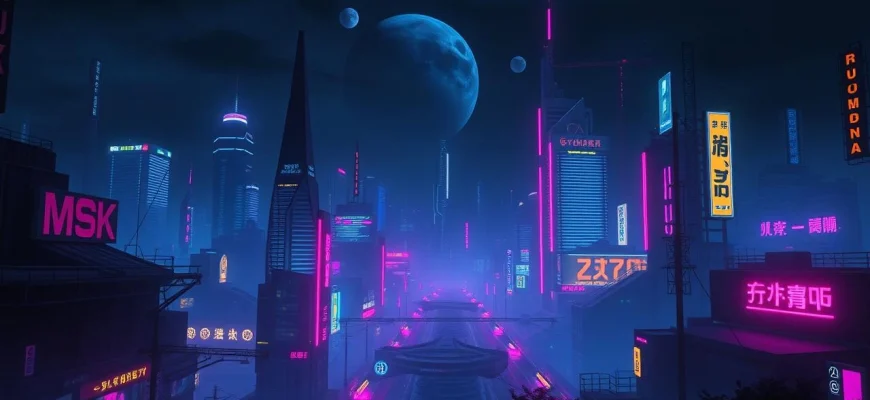If you're a fan of 'The Zero Theorem' (2013), a visually stunning and thought-provoking sci-fi film by Terry Gilliam, you're likely craving more movies or shows that explore similar themes of existentialism, dystopian futures, and surreal storytelling. This article is your guide to 10 captivating films and series that share the same mind-bending, philosophical, and visually rich qualities as 'The Zero Theorem.' Whether you're drawn to its dark humor, cyberpunk aesthetics, or deep existential questions, these recommendations will keep you engaged and questioning reality.
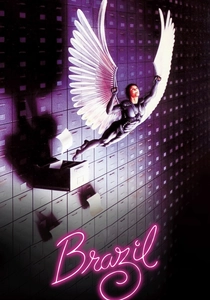
Brazil (1985)
Description: Directed by Terry Gilliam, 'Brazil' shares a dystopian, bureaucratic nightmare setting with 'The Zero Theorem'. Both films critique societal control and the dehumanizing effects of technology, featuring protagonists who struggle against oppressive systems. The surreal, visually dense aesthetic of 'Brazil' mirrors the chaotic, dreamlike quality of 'The Zero Theorem'.
Fact: The film's title is derived from the song 'Aquarela do Brasil', which is featured prominently. The production was famously troubled, with Gilliam battling Universal Studios over the final cut. The film's ending was altered for the American release, much to Gilliam's dismay.
 Watch Now
Watch Now 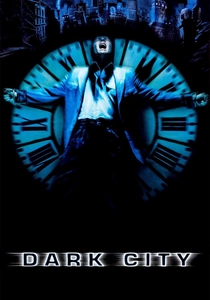
Dark City (1998)
Description: 'Dark City' explores themes of reality manipulation and existential questioning, much like 'The Zero Theorem'. Both films feature protagonists who uncover unsettling truths about their existence within a controlled, artificial environment. The neo-noir visual style and philosophical undertones are strikingly similar.
Fact: The film was released the same year as 'The Matrix' but initially received less attention. Director Alex Proyas insisted on building elaborate practical sets rather than relying on CGI. The film's original cut had a narration in the opening scene, which was later removed for the director's cut.
 Watch Now
Watch Now 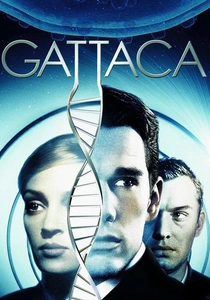
Gattaca (1997)
Description: 'Gattaca' and 'The Zero Theorem' both present dystopian futures where individuals struggle against predetermined societal roles. They explore themes of human potential and the cost of perfection. The sterile, controlled visual environments in both films reinforce their themes of societal constraint.
Fact: The film's title is composed of the letters G, A, T, and C, which represent the four nucleotides of DNA. The production design intentionally avoided futuristic elements to create a believable near-future. The film was a box office disappointment but later gained cult status.
 Watch Now
Watch Now 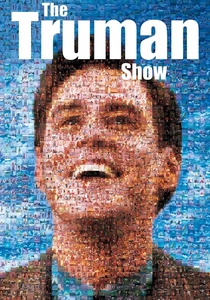
The Truman Show (1998)
Description: Both films feature protagonists who discover their lives are part of an elaborate construct. They explore themes of reality versus illusion and the search for authentic existence. The satirical take on media and control in 'The Truman Show' parallels the bureaucratic satire in 'The Zero Theorem'.
Fact: The concept was inspired by an episode of 'The Twilight Zone'. Jim Carrey's performance marked a dramatic departure from his usual comedic roles. The film's success led to increased public discussion about reality television.
 Watch Now
Watch Now 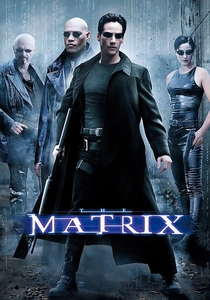
The Matrix (1999)
Description: Both 'The Matrix' and 'The Zero Theorem' delve into the nature of reality and the role of technology in human existence. They feature protagonists who question their surroundings and seek deeper meaning beyond the illusions presented to them. The films share a cyberpunk aesthetic and themes of rebellion against controlling systems.
Fact: The iconic bullet-dodging scene was achieved using a rig of 120 still cameras. The film's premise was partly inspired by Jean Baudrillard's 'Simulacra and Simulation'. Keanu Reeves trained for four months in martial arts for his role.
 Watch Now
Watch Now 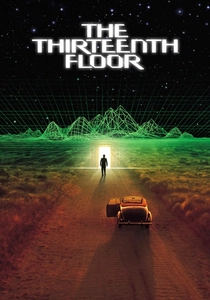
The Thirteenth Floor (1999)
Description: This film shares with 'The Zero Theorem' the theme of virtual realities and the questioning of one's existence. Both protagonists discover that their world is not what it seems, leading to existential crises. The noir-inspired visuals and philosophical questions about simulation align closely.
Fact: The film is based on the 1964 novel 'Simulacron-3' by Daniel F. Galouye. It was released the same year as 'The Matrix', leading to comparisons. The film's budget was significantly lower than other similar sci-fi films of the era.
 Watch Now
Watch Now 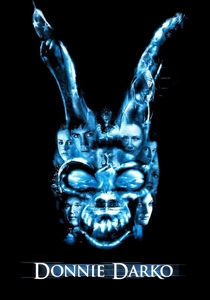
Donnie Darko (2001)
Description: Both films feature troubled protagonists who grapple with reality and existential questions. The blending of science fiction with psychological drama creates a similar tone. The ambiguous narratives and surreal elements in both films challenge viewers' perceptions.
Fact: The film was initially a box office failure but gained popularity through DVD releases. The director's cut includes more explicit explanations of the time travel mechanics. The film's soundtrack features several 1980s hits, including 'Mad World' by Tears for Fears.
 Watch Now
Watch Now 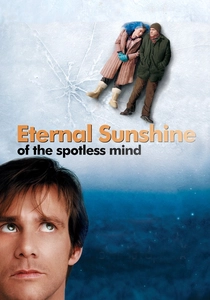
Eternal Sunshine of the Spotless Mind (2004)
Description: Like 'The Zero Theorem', this film explores memory, identity, and the nature of human connection. Both use non-linear storytelling and surreal visuals to depict internal psychological states. The emotional tone of existential searching is similar in both films.
Fact: The title comes from a line in Alexander Pope's poem 'Eloisa to Abelard'. Michel Gondry storyboarded the entire film by hand. The script was included in the 'Black List' of best unproduced screenplays before being made.
 Watch Now
Watch Now 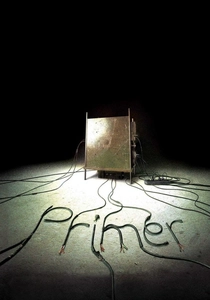
Primer (2004)
Description: 'Primer' and 'The Zero Theorem' both deal with complex scientific concepts and their psychological impacts. The low-budget, cerebral approach to science fiction creates a similar intellectual challenge for viewers. Both films feature protagonists whose grasp on reality becomes increasingly tenuous.
Fact: The film was made for only $7,
 Watch Now
Watch Now 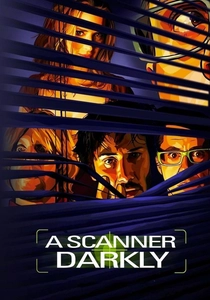
A Scanner Darkly (2006)
Description: Like 'The Zero Theorem', 'A Scanner Darkly' examines identity, paranoia, and the impact of technology on the human psyche. Both films feature protagonists who become increasingly detached from reality. The rotoscoped animation style of 'A Scanner Darkly' creates a similarly disorienting visual experience.
Fact: The film uses interpolated rotoscoping, a technique where animators trace over live-action footage. It's based on Philip K. Dick's semi-autobiographical novel. The production took 18 months to complete due to the intensive animation process.
 Watch Now
Watch Now 
